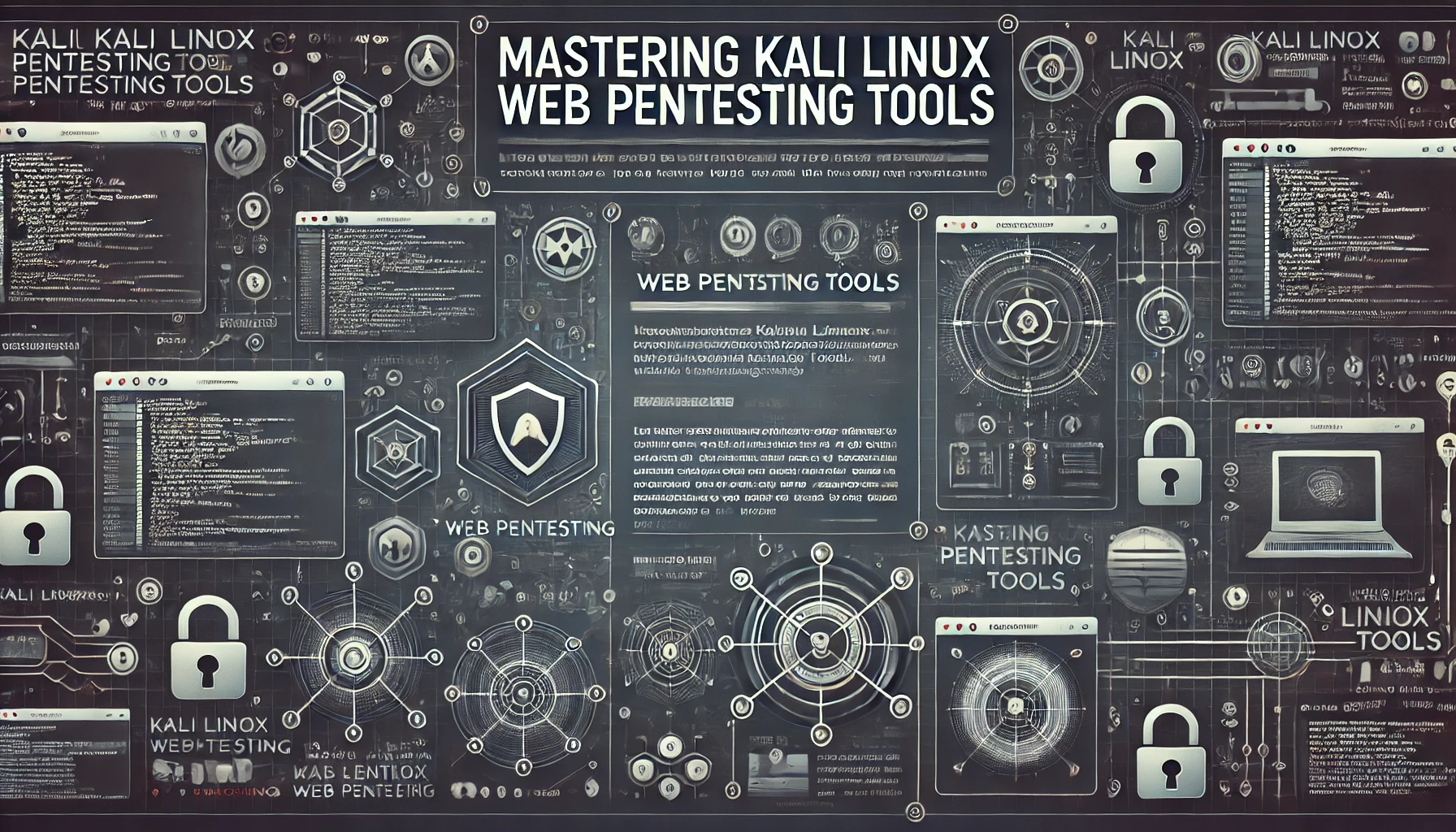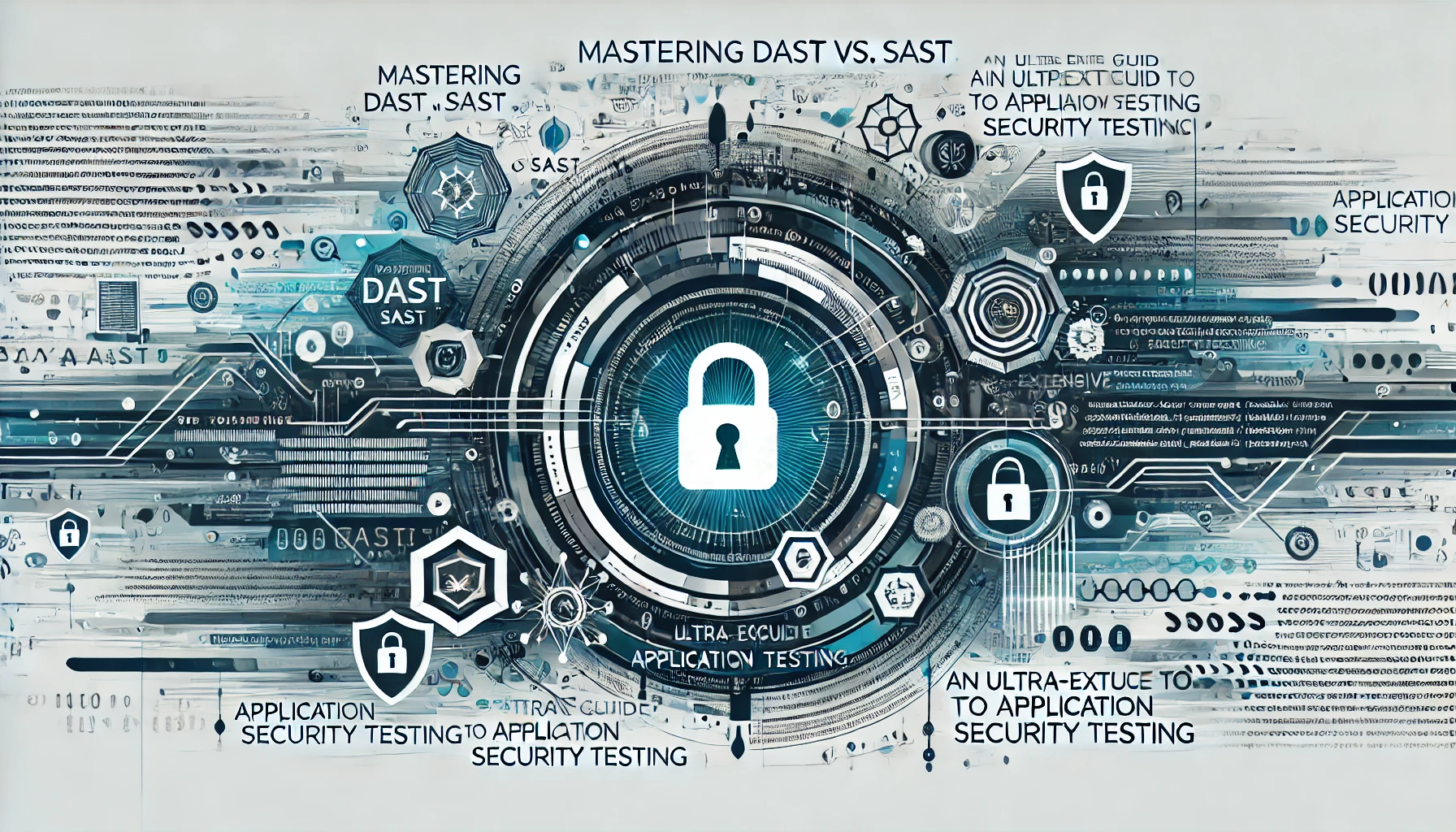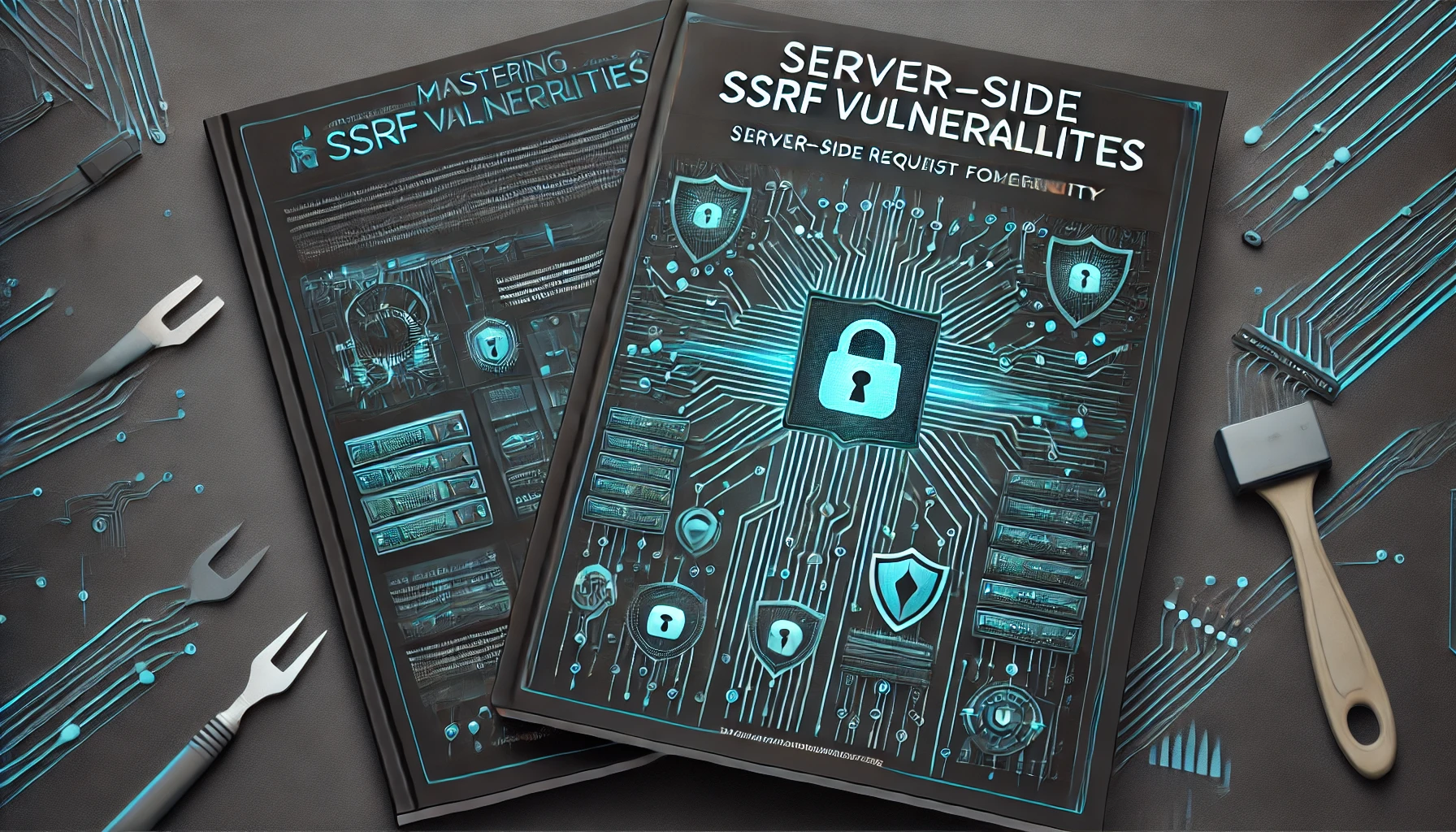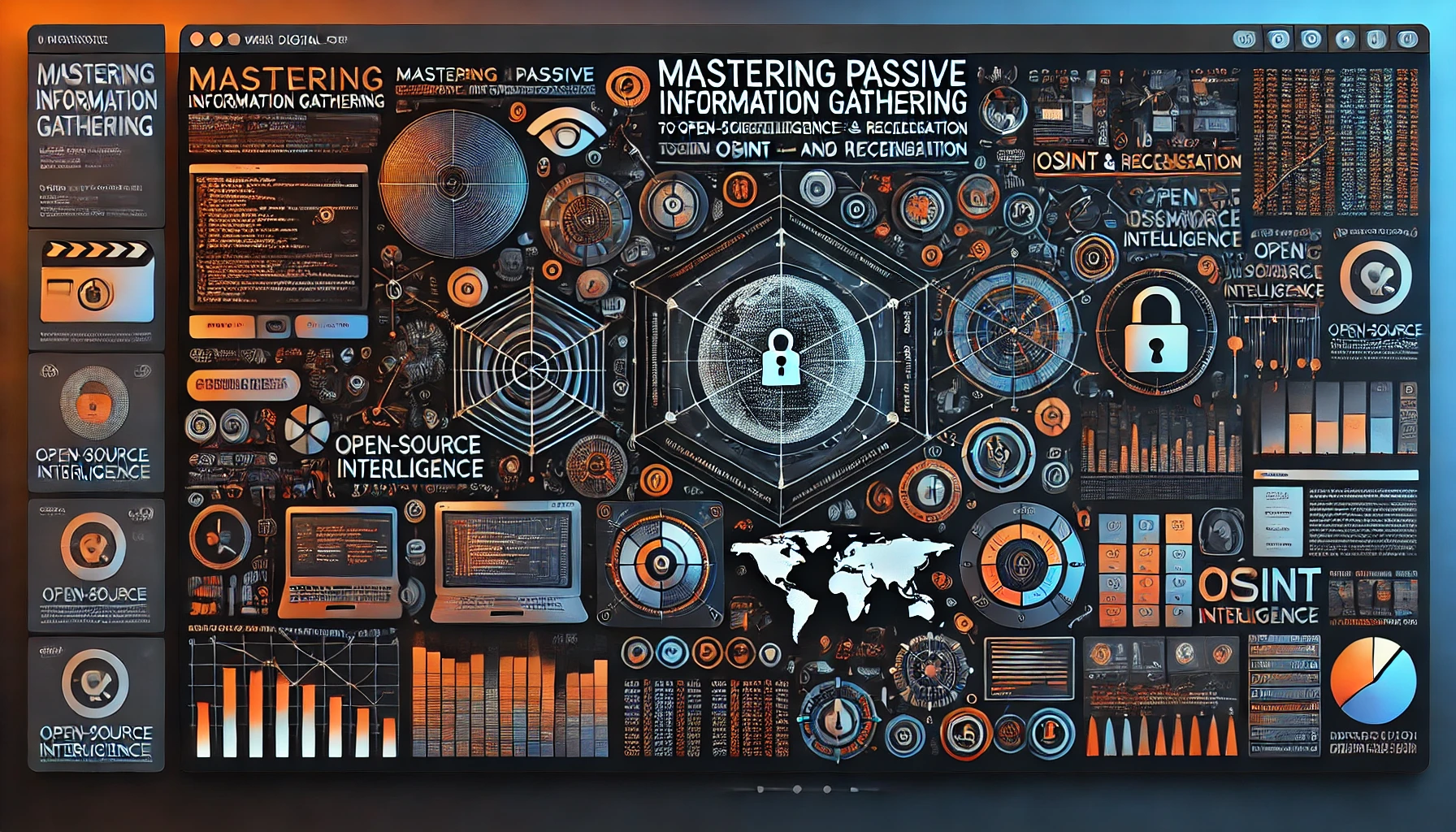Mastering LLM and Generative AI Security: An Ultra-Extensive Guide to Emerging Vulnerabilities and the OWASP LLM Top 10
LLM Security; Large Language Models (LLMs) such as GPT-4, PaLM, or open-source alternatives have transformed how organizations generate text, code, or creative outputs. Yet with generative AI (GenAI) powering user-facing services, new security risks surface—ranging from prompt injection to model poisoning. Meanwhile, an emerging OWASP LLM Top 10 effort attempts to systematize common weaknesses in…
Read morePOSTED BY
Secure Debug
Mastering Kali Linux Web Pentesting Tools: An Ultra-Extensive Guide to Advanced Web Security Testing
Kali Linux stands at the forefront of offensive security distributions, bundling numerous tools for penetration testing, digital forensics, and ethical hacking. Among its specialized capabilities, web penetration testing emerges as a core domain, with utilities for reconnaissance, scanning, exploitation, and post-exploitation of web applications. This ultra-extensive guide surveys the major Kali tools dedicated to web…
Read morePOSTED BY
Secure Debug
Mastering IaC and Secret Scanning: An Ultra-Extensive Guide to Secure, Automated Infrastructure Management
Modern software delivery demands not only fast application releases but also secure, consistent, and auditable infrastructure deployments. Infrastructure as Code (IaC) addresses these needs by treating infrastructure definitions (servers, networks, databases) as version-controlled code, enabling reproducible setups and minimal configuration drift. However, IaC definitions can also become a liability if secrets—passwords, API keys, or tokens—leak…
Read morePOSTED BY
Secure Debug
Mastering DAST vs. SAST: An Ultra-Extensive Guide to Application Security Testing
Modern applications—encompassing web platforms, APIs, and mobile solutions—demand rigorous security testing to detect and prevent vulnerabilities. Two prominent methodologies, Dynamic Application Security Testing (DAST) and Static Application Security Testing (SAST), serve as critical pillars of DevSecOps and secure SDLC practices. While both aim to identify security flaws, they approach the challenge from distinct angles: SAST…
Read morePOSTED BY
Secure Debug
Mastering Wi-Fi Hacking Techniques and Defenses: An Ultra-Extensive Guide to Wireless Network Security
Wireless (Wi-Fi) connectivity underpins modern communications—ranging from home routers to corporate networks supporting hundreds of simultaneous users. However, Wi-Fi networks also present enticing targets for attackers, who exploit protocol weaknesses or configuration oversights to intercept data, spread malware, or pivot into internal systems. Understanding common Wi-Fi hacking techniques is essential for building effective defenses. This…
Read morePOSTED BY
Secure Debug
Mastering Network Security: An Ultra-Extensive Guide to Protecting Modern Infrastructures
Network security stands as one of the pillars of an organization’s cybersecurity strategy, ensuring that data flows remain confidential, systems maintain integrity, and connectivity stays resilient against malicious actors. As networks grow more complex—spanning on-premises data centers, cloud environments, container orchestration, and a myriad of endpoints—security practitioners face the challenge of designing, monitoring, and defending…
Read morePOSTED BY
Secure Debug
Mastering Active Information Gathering: An Ultra-Extensive Guide to Probing and Recon in Penetration Testing
Active information gathering, also called active reconnaissance, involves directly interacting with a target’s infrastructure to discover services, ports, potential vulnerabilities, and more. While passive reconnaissance relies on publicly accessible data, active recon goes one step further—sending packets, queries, or attempts to gauge the target’s responses. Conducted responsibly and within legal/ethical constraints, active recon yields critical…
Read morePOSTED BY
Secure Debug
Mastering Passive Information Gathering: An Ultra-Extensive Guide to Open-Source Intelligence (OSINT) and Reconnaissance
Passive information gathering, often associated with OSINT (Open-Source Intelligence), is a foundational step in penetration testing, threat research, competitive intelligence, and investigative journalism. Rather than directly interacting with the target’s systems, practitioners rely on publicly available resources to gather insights, ensuring minimal footprints. When executed properly, passive recon yields a wealth of data—from domain records…
Read morePOSTED BY
Secure Debug
Mastering Penetration Testing: A Comprehensive Guide to Methodologies, Tools, and Best Practices
As the frequency and sophistication of cyberattacks grow, penetration testing has become a cornerstone in identifying vulnerabilities before malicious actors can exploit them. Whether an organization handles sensitive financial data, personal information, or operational technologies, a well-executed penetration test provides a deep look into the real-world exploitability of systems, networks, and applications. This ultra-extensive guide…
Read morePOSTED BY












